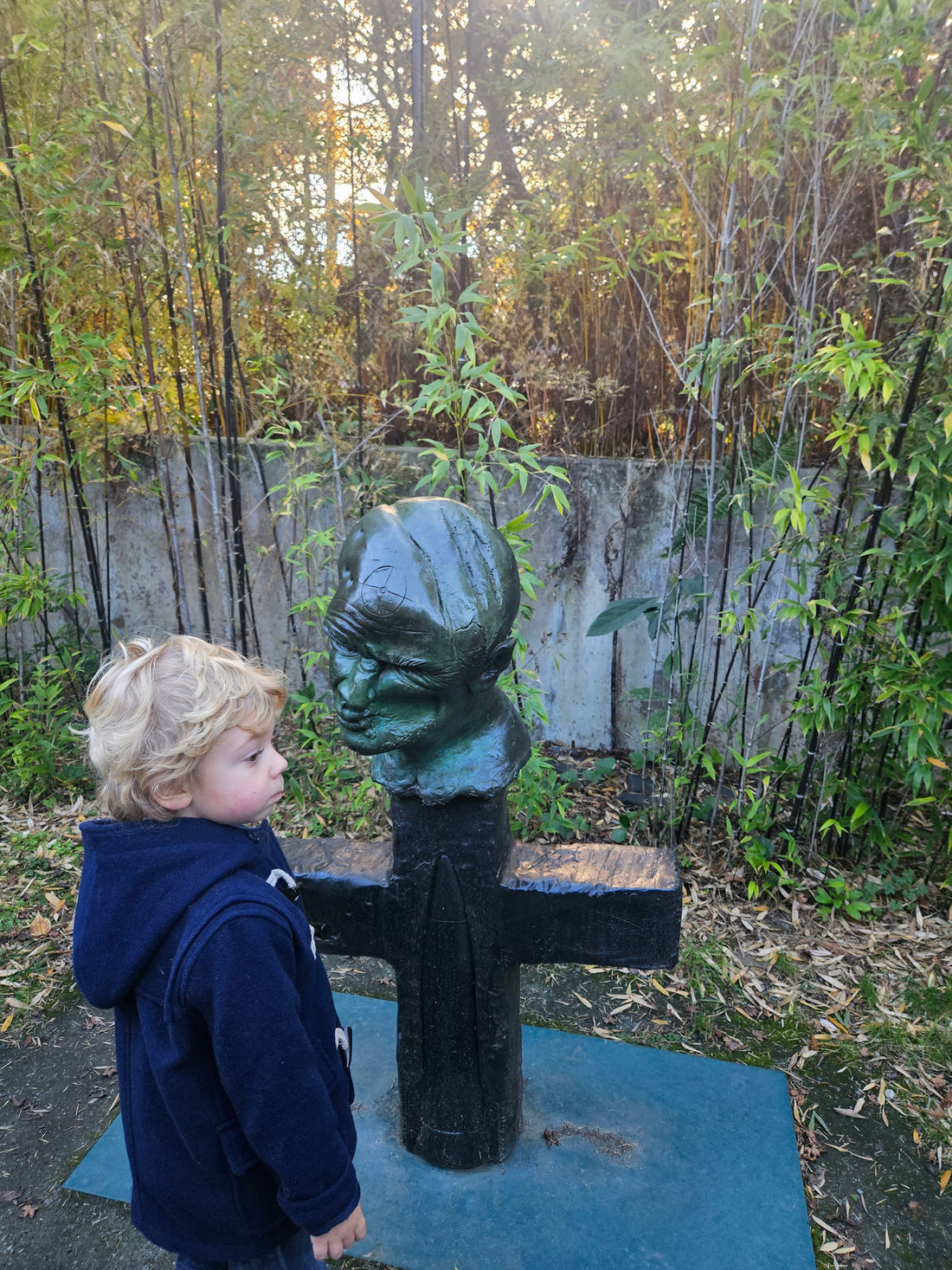
Cultivating a Love for Art: How Early Exposure Shapes a Child’s Future
Share
From the moment a child first picks up a crayon, they begin a journey of creativity and self-expression. But beyond just making colorful drawings, research shows that exposure to art at an early age has profound and lasting benefits. A recent study, Cultivating Interest in Art: Causal Effects of Arts Exposure During Early Childhood, highlights how introducing children to fine art early in life can shape their cognitive abilities, creativity, and even their appreciation for culture in adulthood.
The Lasting Impact of Early Arts Exposure
The study found that children who experience frequent and meaningful exposure to visual art develop greater observational skills, problem-solving abilities, and emotional intelligence. These early encounters with fine art help build cognitive connections that enhance learning across subjects, from language development to mathematics.
Moreover, children who engage with art regularly are more likely to carry an appreciation for artistic expression into adulthood, reinforcing the idea that cultural experiences in childhood contribute to lifelong intellectual and emotional enrichment.
How Parents Can Foster Artistic Interest
Encouraging an interest in art doesn’t require museum memberships or expensive classes—though those certainly help! Simple, everyday activities can make a significant difference in how a child perceives and engages with art:
-
Surround Them with Art – Displaying famous artworks at home, even in child-friendly formats, helps familiarize children with different styles and artistic movements.
-
Discuss Art Together – Ask open-ended questions about paintings, sculptures, or illustrations in books to encourage curiosity and analytical thinking.
-
Provide Hands-On Artistic Experiences – Encourage children to experiment with different mediums, from painting and collage to sculpting with clay.
-
Visit Museums and Galleries – When possible, expose children to real-life artworks through museum visits, virtual tours, or local art fairs.
-
Incorporate Art into Storytelling – Using famous paintings as prompts for storytelling can spark imagination and deepen engagement with visual art.
Little Art Haus: Bringing the World’s Greatest Art to Kids
At Haus of Splendor, we believe in making fine art accessible to children in a way that nurtures both curiosity and appreciation. That’s why we created Little Art Haus, a curated collection of 20 fine art prints designed to introduce children to masterpieces from different cultures and historical periods. With beautifully framed, changeable prints, and accompanying cards with short lessons about each piece, children can develop a deep connection to the world’s artistic heritage right from their own home.
Investing in art exposure during early childhood isn’t just about fostering creativity—it’s about equipping children with the cognitive and cultural tools they need for the future. Explore Little Art Haus today and inspire a lifelong love of art in your child.
